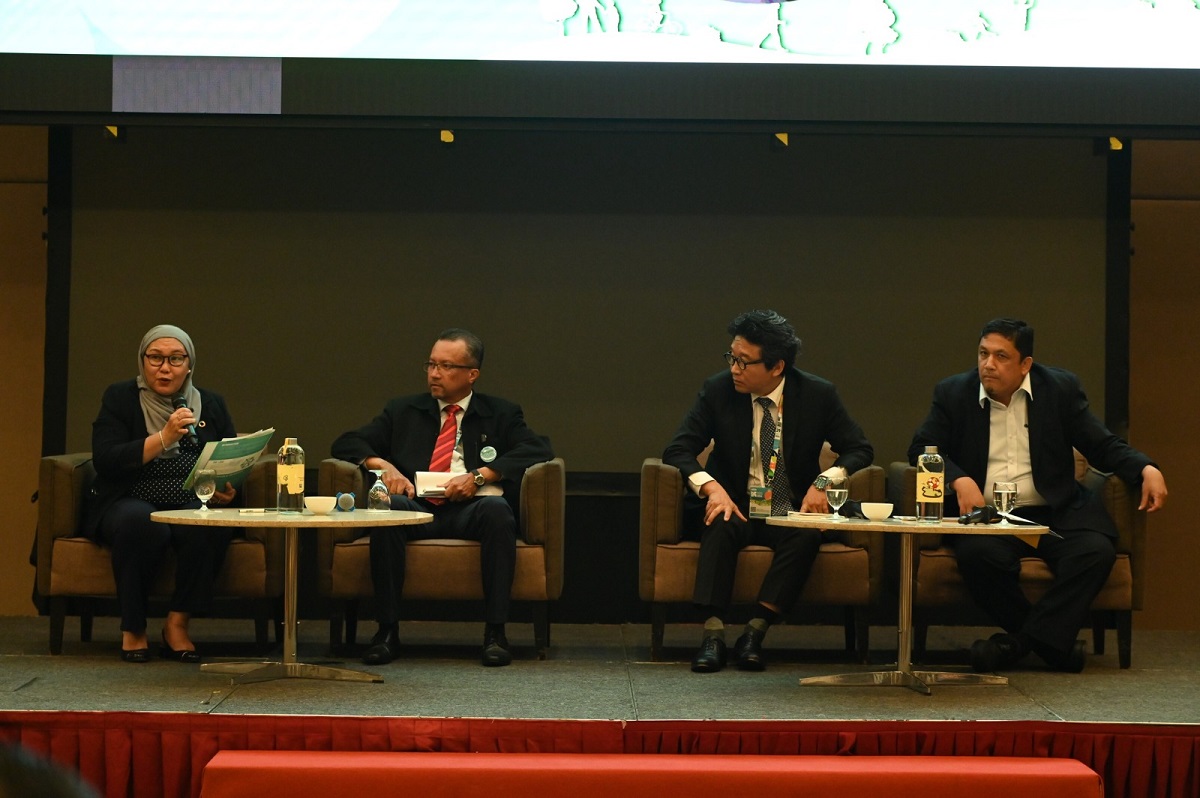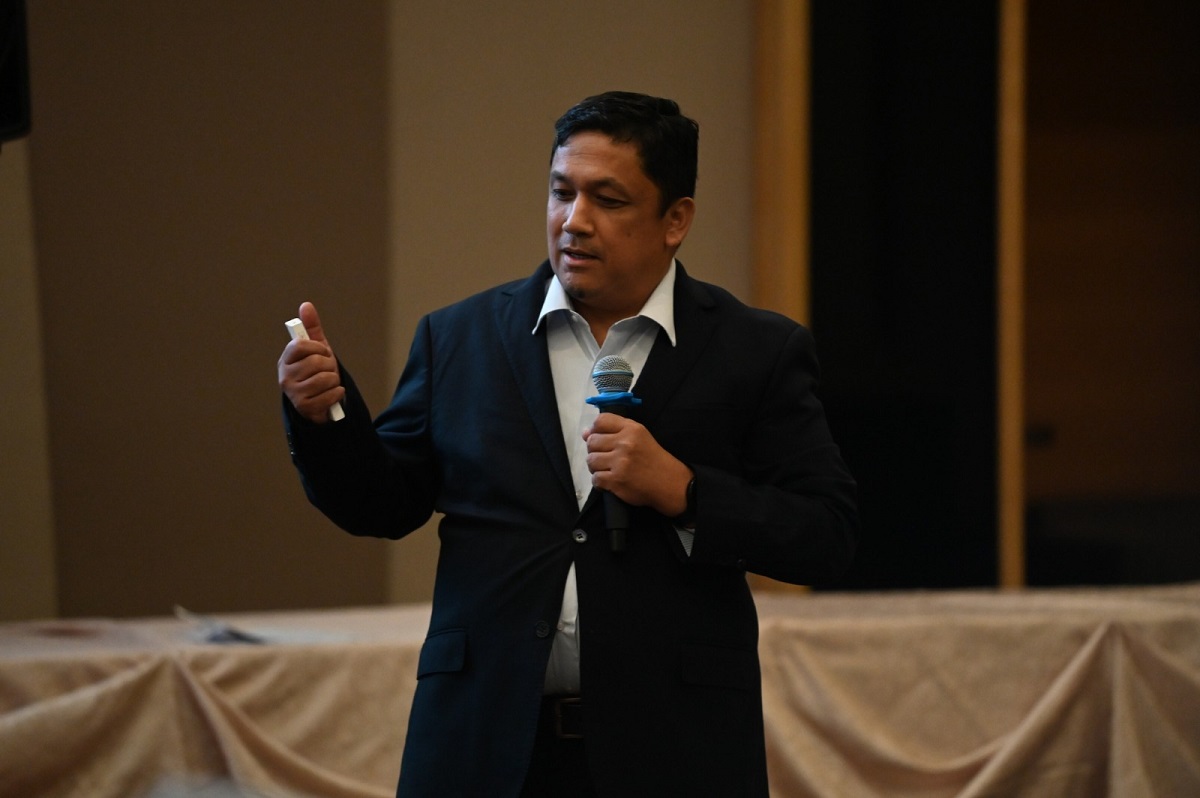
- Town planners should consider a holistic approach to urban redevelopment, balancing historical preservation with modern amenities.
PUTRAJAYA (Nov 1): The goal of redevelopment and smart city plan is to create a modern, vibrant city centre that caters to contemporary living standards and community needs, as pointed out by the speakers at the National Planning Congress (NPC) 2024 on Tuesday.
Balancing technology and humanity: The challenges of smart city development
As the journey toward transforming urban areas into smart cities gains momentum, there are several goals set to align with international standards.
In a panel discussion of NPC 2024, Department of Town and Country Planning (PLANMalaysia) deputy director general (Planning) TPr Md Nazri Abdullah pointed out that the smart city development plan outlines 85 key indicators, all aimed at enhancing city services, digital infrastructure, and sustainability. By 2040, local authorities are expected to meet around 80% of these indicators.
Read also
NPC 2024: A call for reimagined cities and improved quality of life
However, progressing to meet the indicators in the initial stage has proven challenging. One of the most difficult aspects of smart city implementation lies in defining the “human element”— how do technological improvements impact residents’ day-to-day lives?
"The goal is for citizens to experience a smart city’s impact over time, even if certain innovations remain invisible. For example, residents may not notice the smart traffic light, but they will experience the results in reduced congestion,” Nazri emphasised.

A case study of the redevelopment plan for Shah Alam City Centre
The reinvention plan for old townships in modern cities focuses on revitalising their historic charm while addressing contemporary needs. But what are the strategies to restore historic buildings, create vibrant public spaces, and integrate modern amenities to attract new residents and businesses?
Shah Alam Sentral general manager Ir Aubrey Michael Shepherdson shared Selangor State Development Corporation’s (PKNS) plans for redeveloping the town centre of Section 14, Shah Alam.
According to Shepherdson, PKNS aims to rejuvenate iconic landmarks like the PKNS Complex, Shah Alam City Centre (SACC) Mall, and The Convex. This comprehensive redevelopment project aligns with PKNS's vision of modernising Shah Alam to meet contemporary urban living standards and address community needs.
“One of the main reasons [why we would like to redevelop this area] is there's a lack of critical mass. So the idea now is for us to build apartments, bring the public back to live in the city centre. That way, all those living in the city centre can contribute towards the economy of the shopping centre, the F&B eateries and so forth,” he explained.
The project, spanning approximately 145 acres, is expected to take seven to ten years, with completion slated for 2034. A crucial aspect of the redevelopment is the preservation of Shah Alam's rich cultural heritage.
Shepherdson stressed that the nearly 50-year-old PKNS Complex will undergo a careful restoration to retain its historical significance. Additionally, SACC Mall will be transformed into a modern mixed-use development, incorporating service apartments, a hotel, and a convention centre.
“Aneka Walk, or the SACC Walk, is a significant part of this project and will see major enhancements, particularly during festive seasons when foot traffic peaks. PKNS aims to cover and reimagine Aneka Walk into a year-round activity hub by adding structures that protect the space from weather elements, thereby extending its usability.
“A defining feature of the PKNS project is connectivity. By implementing covered pedestrian walkways between key locations, including a 300-metre Aneka Walk corridor, residents and visitors will experience improved mobility across the area, allowing seamless movement from the LRT station through major development hubs,” Shepherdson elaborated.
Bridging the urban-rural divide: Alor Gajah case study
Neglecting rural transformation in town planning can perpetuate the urban-rural divide, hindering the creation of a truly equitable and sustainable society.
As mentioned by Alor Gajah Municipal Council Yang di-Pertua TPr Saifuddin Abdul Karim, improving physical connectivity is a core objective in Melaka’s development agenda. A central transport hub is under development, and the government is collaborating with a private company to enhance transportation links across Melaka, including in Alor Gajah.
He pointed out that Melaka’s Kampung Digital Initiative is an innovative step toward bridging rural-urban divides. “In many villages, the absence of formal addressing systems can be a barrier to essential services. Through this initiative, each household in Melaka’s 618 villages has been assigned a QR-coded address, improving access to postal services and streamlining public service delivery,” Saifuddin said.
NPC is an annual event hosted by the Malaysian Institute of Planners (MIP). This congress emphasises the crucial role of effective urban planning in creating sustainable and liveable spaces where people can thrive. Edgeprop.my joins the NPC as a supporting media partner.
Looking to buy a home? Sign up for EdgeProp START and get exclusive rewards and vouchers for ANY home purchase in Malaysia (primary or subsale)!





